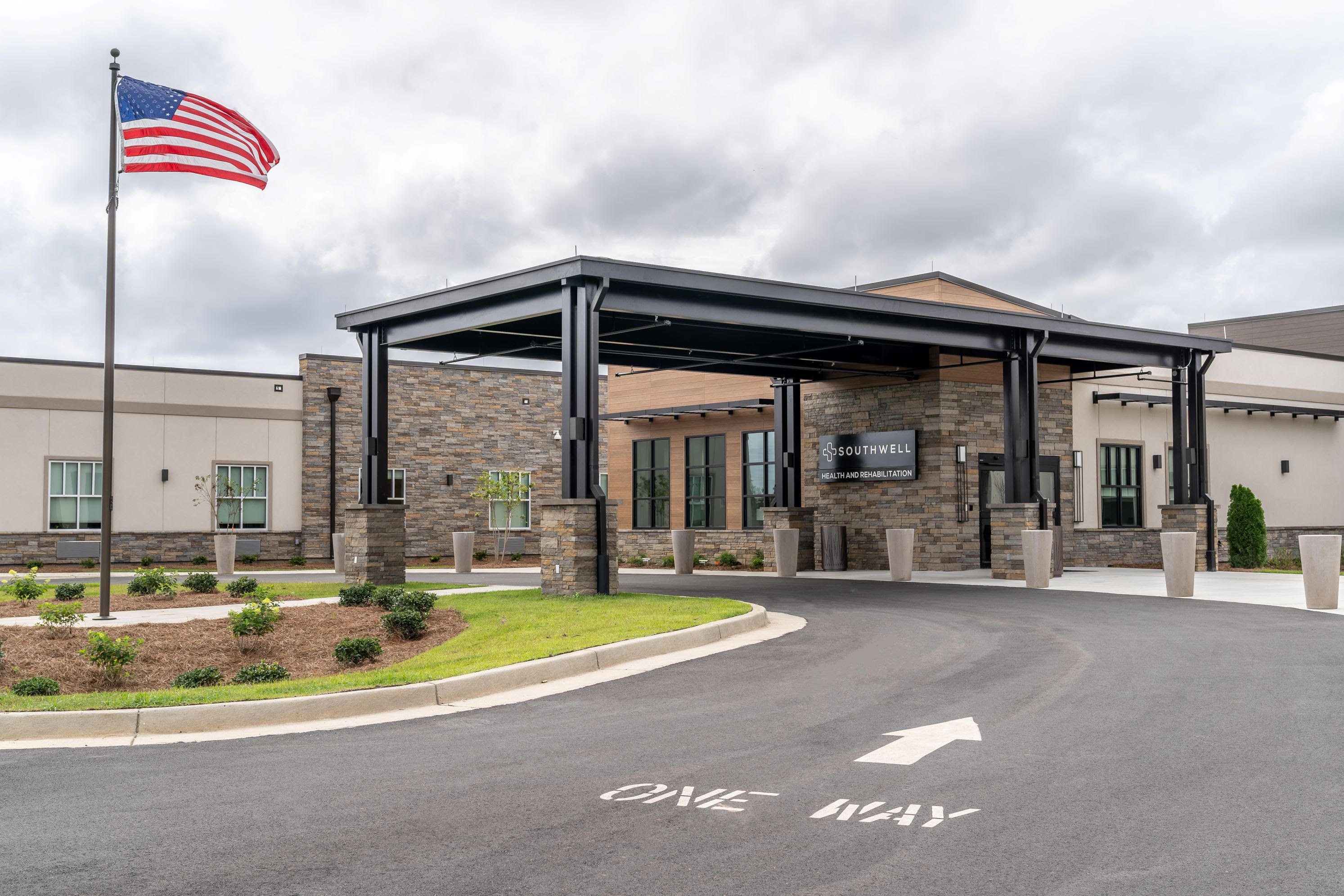JAKE PRICE: Late winter/early spring weeds
Published 7:00 am Sunday, March 17, 2024

- Jake Price
I just took an excursion around our office to photograph several common weeds in which people are now concerned. Extension offices have about every lawn weed in the county because of the many soil samples brought to us. Frequently, people bring in too much soil so we dump the extra outside. This soil contains weed seeds that add to our vast weed collection.
Many of the usual suspects were out there. Carolina geranium, Henbit, Chickweed, Common Vetch, and Dandelions were plentiful. Sandbur, Annual Bluegrass, Rabbit Tobacco, and the ever common Hop Clover were also well represented. Although I did not find Florida Betony, many people have problems with this perennial weed.
Winter annual weeds and some perennial weeds begin to grow vigorously in late winter and early spring when the weather warms up. In the past this has occurred in February.
In lawns this time of year, winter weeds stick out like a sore thumb because their green foliage is in contrast with dormant warm season turf. When turf begins to green up and lawns begin to be mowed, they are not as obvious.
There are a couple of weed control options for homeowners. One is to wait until your lawn greens up and the weeds will be more disguised. Winter annuals die off when temperatures turn hot in May. This is not really a control but more of a “low input” method. If I don’t do something soon at my house I will be using this option.
The other option is to try and finish them off with a herbicide. Since these weeds are mature, herbicides may not be as effective as when weeds were young. However, during this spring transition period, many species of summer annual weeds are germinating. You may not notice them, but a herbicide application may knock them out while they are young and prevent weed problems later.
There are many herbicide options out there for warm season turfgrass, but two commonly available herbicides that are not too expensive, are Atrazine and Weed-B-Gone for Southern lawns. These can be used on centipedegrass and St. Augustinegrass. Read the label carefully on these products. There are many formulations of Weed-B-Gone and some are not labeled for use on centipedegrass and St. Augustinegrass. Do not use Atrazine during green-up.
These herbicides are mostly active on broadleaf weeds. Weeds that look more grass-like, such as crabgrass, probably will not be controlled. Atrazine is also a preemergence herbicide which means it will prevent weed seeds from germinating. Don’t spray atrazine during green-up and do not spray Atrazine or Weed-B-Gone when temperatures exceed 85 degrees.
In most cases one herbicide application will not be enough. A second application three weeks after the first may be necessary to finish off many late season winter weeds. Broadleaf weeds that remain need to be identified for more specific control if that is what you desire.
Having a healthy, properly managed lawn will out-compete many weeds. Make sure you know how to best manage your turf. Soil testing is a great start. If you have any questions about lawn management, give us a call or read Extension publications.





